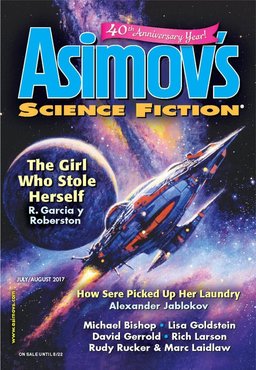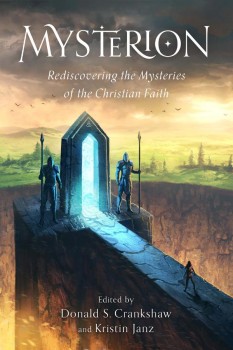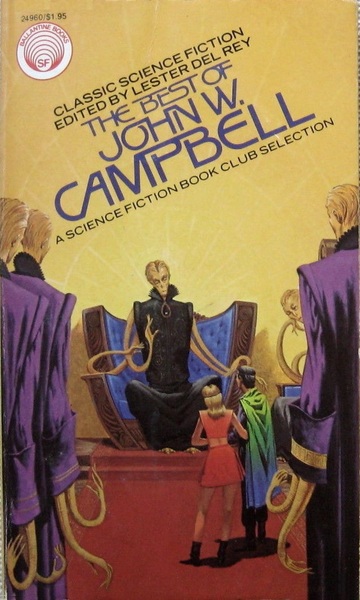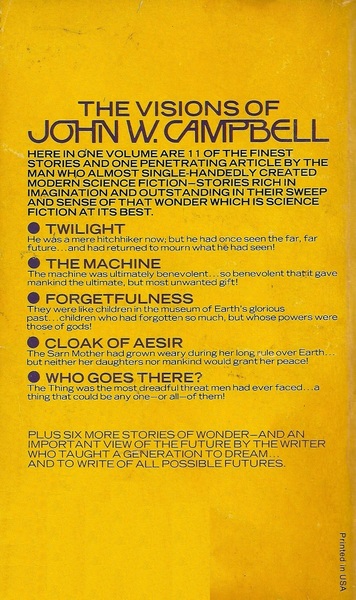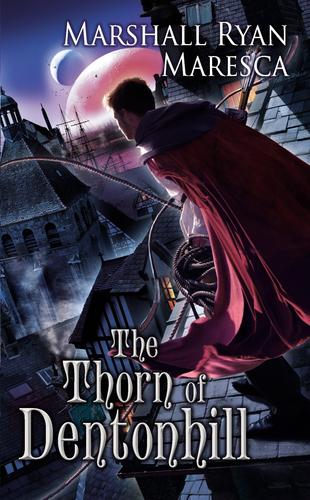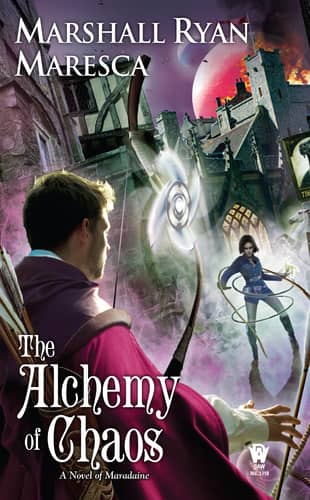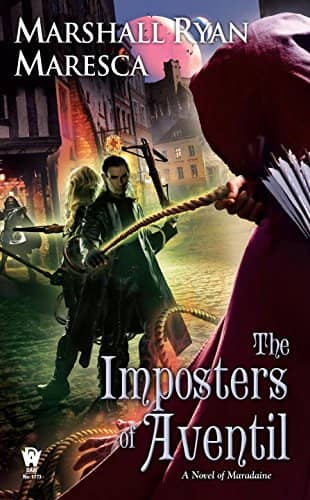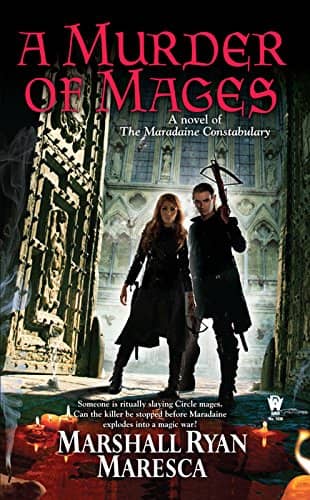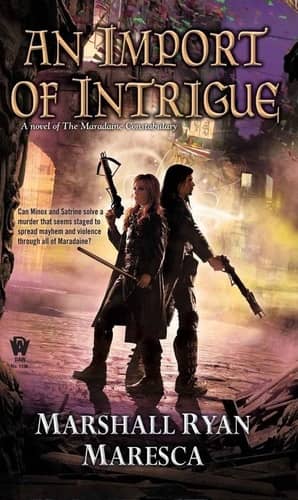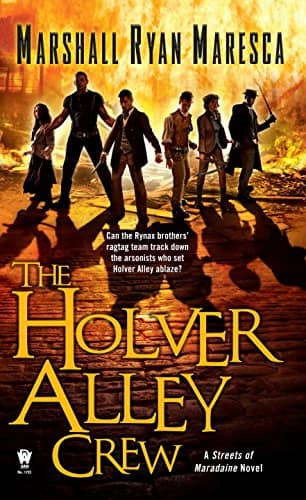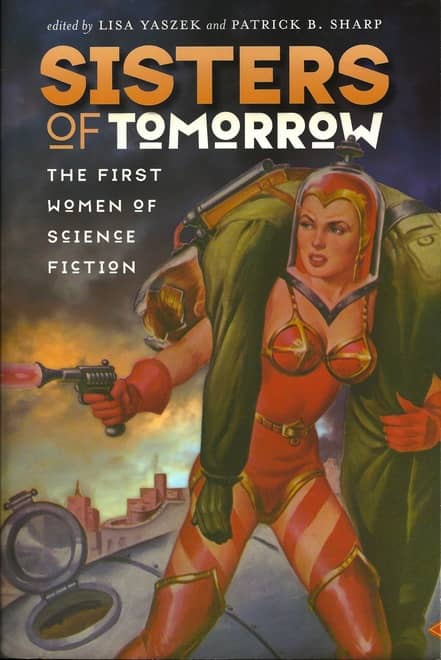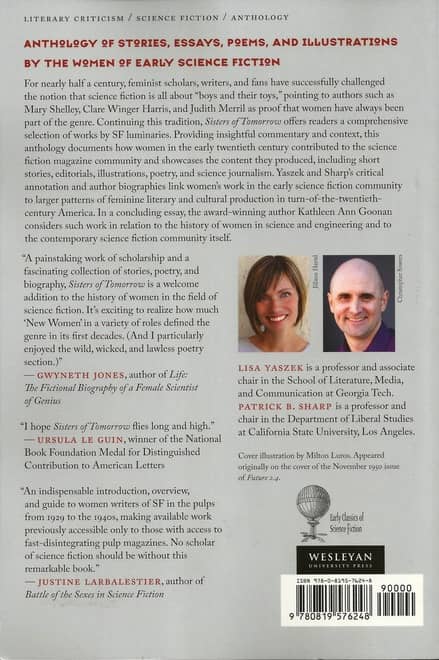New Treasures: An Oath of Dogs by Wendy N. Wagner
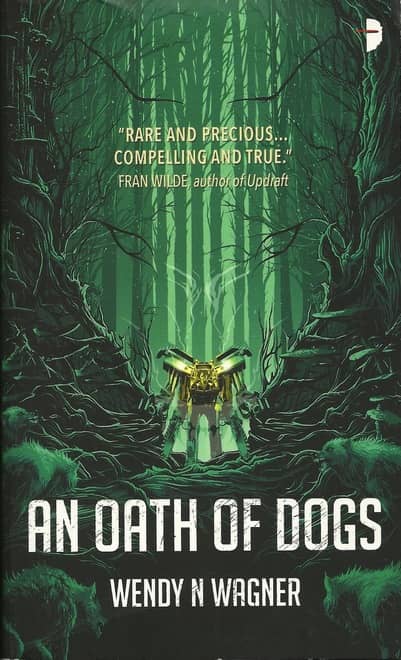 |
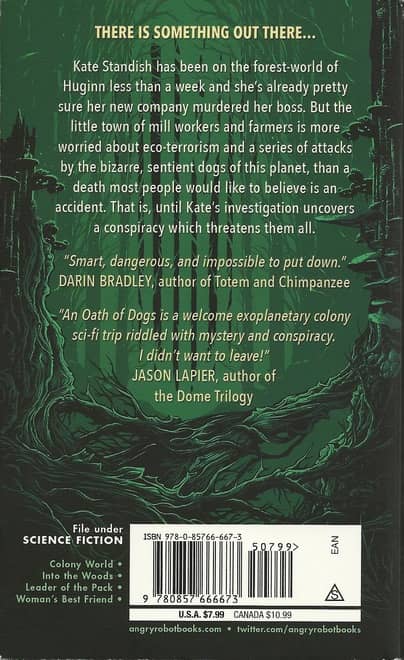 |
Wendy N. Wagner is the Managing Editor for Lightspeed and Nightmare magazines, as well as an editor for the fabulous Destroy series of anthologies, including Women Destroy Science Fiction, Women Destroy Fantasy, and Queers Destroy Science Fiction. She’s had short stories in Nightmare and Fantasy Magazine, as well as the anthologies The Way of the Wizard, Armored, and Shattered Shields. She’s also published two Pathfinder novels, Skinwalkers and Starspawn, the latter of which has been described as “Pathfinder Meets Lovecraft.”
Her latest is something very different, an “exoplanetary colony sci-fi trip riddled with mystery and conspiracy” (Jason LaPier). It’s the tale of Kate Stadish, an investigator on an alien world of strange sentient dogs, mill towns… and murder. Ferrett Steinmetz (author of the ‘Mancer series, which we covered here), says “An Oath of Dogs nails the rough-hewn feel of a frontier town, then mixes it up with intergalactic corporate intrigue and alien biology. It’s like Lake Wobegon mashed up with a Michael Crichton thriller.”
An Oath of Dogs was published by Angry Robot on July 4, 2017. It is 430 pages, priced at $7.99 in paperback and $6.99 for the digital edition. The cover is by Joey HiFi. Read Chapter One at Wagner’s website.

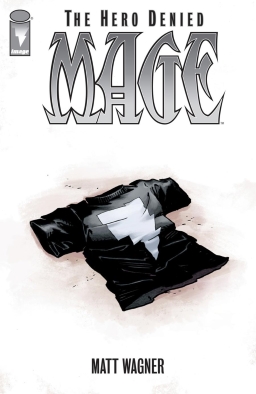 At the Emerald City Comicon in early March, Image Comics announced that starting in August they’d be publishing writer/artist Matt Wagner’s Mage: The Hero Denied, a 15-issue series with a half-length 0 issue and a double-sized conclusion. Hero Denied will be the final part of a trilogy Wagner began over thirty years ago, and I want to prepare for that last installment by looking back here at the first parts of the saga. The Mage books are two of the finest works of a great comics talent, urban fantasies mixing excellent action storytelling, a mastery of plot beats, and a sense of the mythic into gripping stories — and stories with a semi-autobiographical slant, no less.
At the Emerald City Comicon in early March, Image Comics announced that starting in August they’d be publishing writer/artist Matt Wagner’s Mage: The Hero Denied, a 15-issue series with a half-length 0 issue and a double-sized conclusion. Hero Denied will be the final part of a trilogy Wagner began over thirty years ago, and I want to prepare for that last installment by looking back here at the first parts of the saga. The Mage books are two of the finest works of a great comics talent, urban fantasies mixing excellent action storytelling, a mastery of plot beats, and a sense of the mythic into gripping stories — and stories with a semi-autobiographical slant, no less.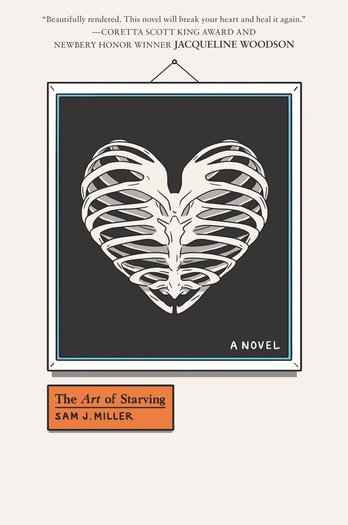
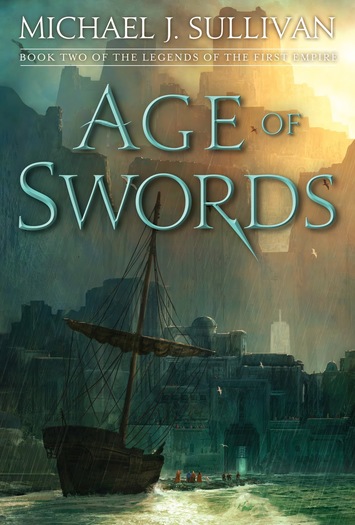
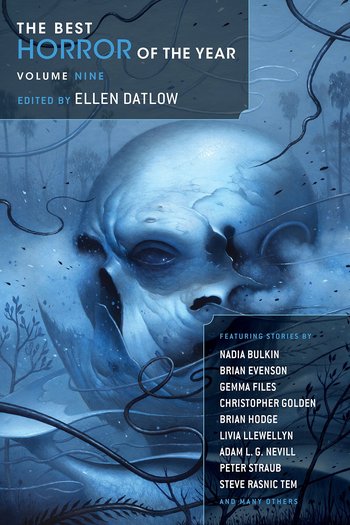
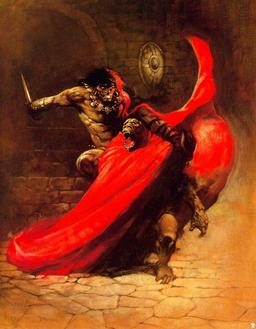 How is Conan not a Mary Sue?
How is Conan not a Mary Sue?